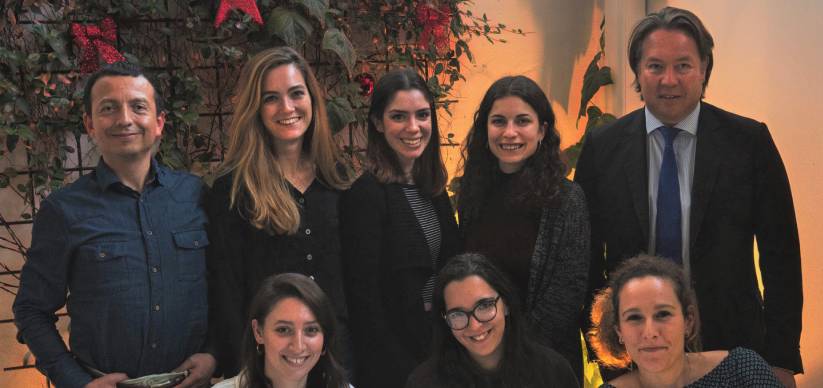
Polytechnic University of Madrid
Pº Juan XXIII, 1, 28040, Madrid

The Clinical Neuroscience Laboratory (LNC) of the Biomedical Technology Centre (CTB) of the Polytechnic University of Madrid (UPM) explores the brain basis of cognitive function in healthy individuals and in patients with neurological and psychiatric diseases, especially memory disorders. The LNC provides an interdisciplinary platform for clinical and cognitive neuroscience. The laboratory employs a multimodal approach to the study of human memory, and currently conducts studies using: